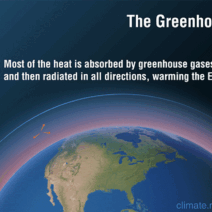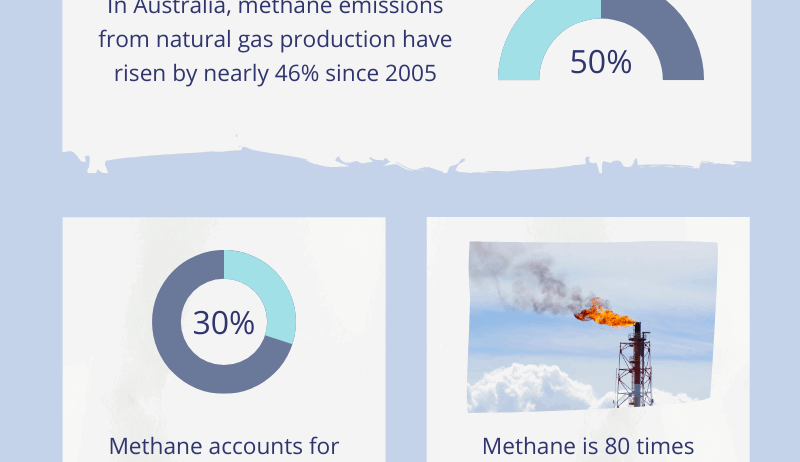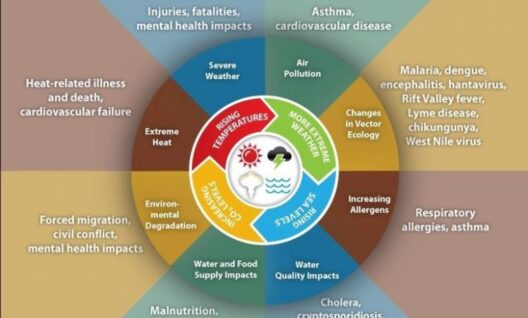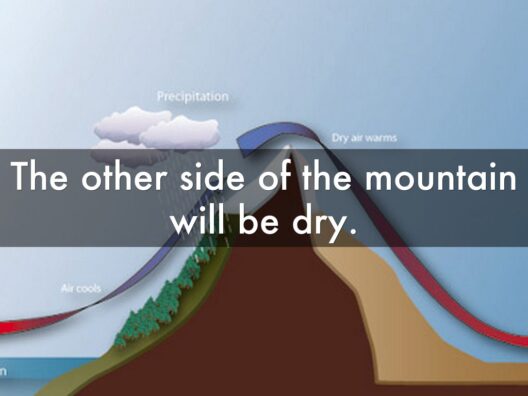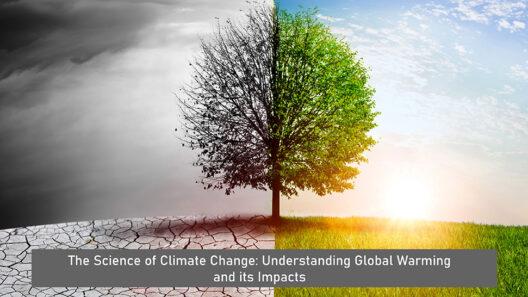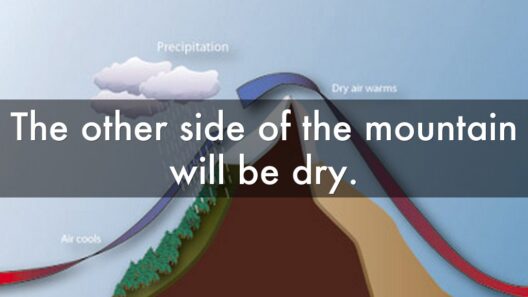In the incandescent swirl of climate discourse, a particularly noxious gas often surfaces—methane. An invisible yet potent adversary, methane is escalating in concentration in our atmosphere and rapidly transforming the landscape of climate change. The fascination surrounding methane is not merely due to its staggering potency as a greenhouse gas—being approximately 84 times more effective at trapping heat over a 20-year period compared to carbon dioxide—but also its multifaceted sources and implications for our environment. Understanding methane’s role is paramount as it reveals deeper insights into our ecological and industrial practices.
Methane, chemically denoted as CH₄, is a small molecule composed of one carbon atom and four hydrogen atoms. This simplicity belies its complexity and effectiveness as a greenhouse gas. While carbon dioxide has historically received the bulk of attention in climate discussions, methane’s short-lived but intense impact is garnering increasing concern among scientists and policymakers. The atmospheric lifetime of methane is about a decade, a fleeting moment in geological terms, yet its immediate effects on global warming are profound.
The genesis of methane emissions is diverse, emanating from both natural and anthropogenic sources. The most notable contributors include livestock production, landfills, rice cultivation, and the fossil fuel industry. Agricultural practices contribute significantly through enteric fermentation in ruminants, alongside manure management. The decomposition of organic waste in landfills also produces methane, as does the monitoring of anaerobic conditions prevalent in rice paddies, where flooded fields create an environment conducive to methane production. Furthermore, the extraction and transportation of natural gas and oil releases methane during various phases, including leakage and flaring. The synergy of these sources contributes to a rising concentration of methane in our atmosphere, currently exceeding 1,900 parts per billion—surpassing pre-industrial levels by over 150 percent.
Compounding the methane crisis is its intricate interplay with other environmental factors. The feedback loops inherent in climate systems can exacerbate methane emissions. For instance, Arctic permafrost thawing—a consequence of global warming—releases previously trapped methane into the atmosphere, thus amplifying the greenhouse effect. This phenomenon acts as a ticking time bomb, leading to accelerated climate change, which in turn results in further thawing. Such cyclical processes highlight the urgent need to address methane emissions head-on rather than allowing them to proliferate unchecked.
Despite its peril, there exists optimism regarding methane mitigation strategies. Innovations and regulatory frameworks targeting methane emissions have begun to take root globally. For example, the Global Methane Pledge, launched at the COP26 climate summit, aims to reduce global methane emissions by at least 30 percent by 2030. This initiative emphasizes collaboration among nations, acknowledging that the path to combat methane pollution is not a solitary journey. Countries are encouraged to adopt best management practices while investing in research aimed at better understanding methane’s sources and effects. Additionally, developing advanced technologies such as methane digestion and capturing can mitigate emissions from agricultural and waste sources while providing renewable energy alternatives.
Transitioning from fossil fuels is another critical aspect of addressing methane emissions. As renewable energy sources gain traction, it becomes imperative to minimize methane leakages associated with oil and natural gas extraction. Increasing investments in wind, solar, and geothermal energy will not only help mitigate methane emissions but also combat the broader climate crisis. The urgency of addressing methane goes beyond individual actions; it necessitates a concerted effort involving governments, businesses, and communities.
Public awareness is vital in the fight against methane emissions. Communities can cultivate habits aimed at reducing their carbon footprints and supporting initiatives that prioritize methane mitigation. Grassroots movements can demand accountability from local industries and encourage sustainable agricultural practices. Additionally, individuals can reduce food waste, which contributes significantly to methane emissions from landfills. By fostering a deeper understanding of methane’s catastrophic potential, collective action can be galvanized to create meaningful change.
As we delve into the complexities of methane, it becomes clear that ignorance is not bliss. The fascination lies not in the inherent characteristics of methane itself but rather its implications for our environment, economy, and future generations. Recognizing methane as a powerful force in climate change compels us to take immediate action. We must advocate for legislative measures to regulate emissions, support innovative technologies, and engage communities in awareness campaigns. Bridging the knowledge gap surrounding methane’s potency will empower individuals and nations alike to approach climate change with increased urgency and responsibility.
In conclusion, methane stands as a potent reminder of our environmental impact, encapsulating the intertwining relationship between human activity and our planet’s health. While the challenges it presents are multifaceted, fostering a comprehensive approach that incorporates science, policy, and public engagement is essential to mitigating its effects. As curiosity leads us to explore the implications of this gas, let us not forget the power vested in informed action. The narrative of methane may be fraught with peril, but it can also be a story of hope, innovation, and resilient adaptation. It is time to change the discourse surrounding this powerful greenhouse gas from fascination to action.

